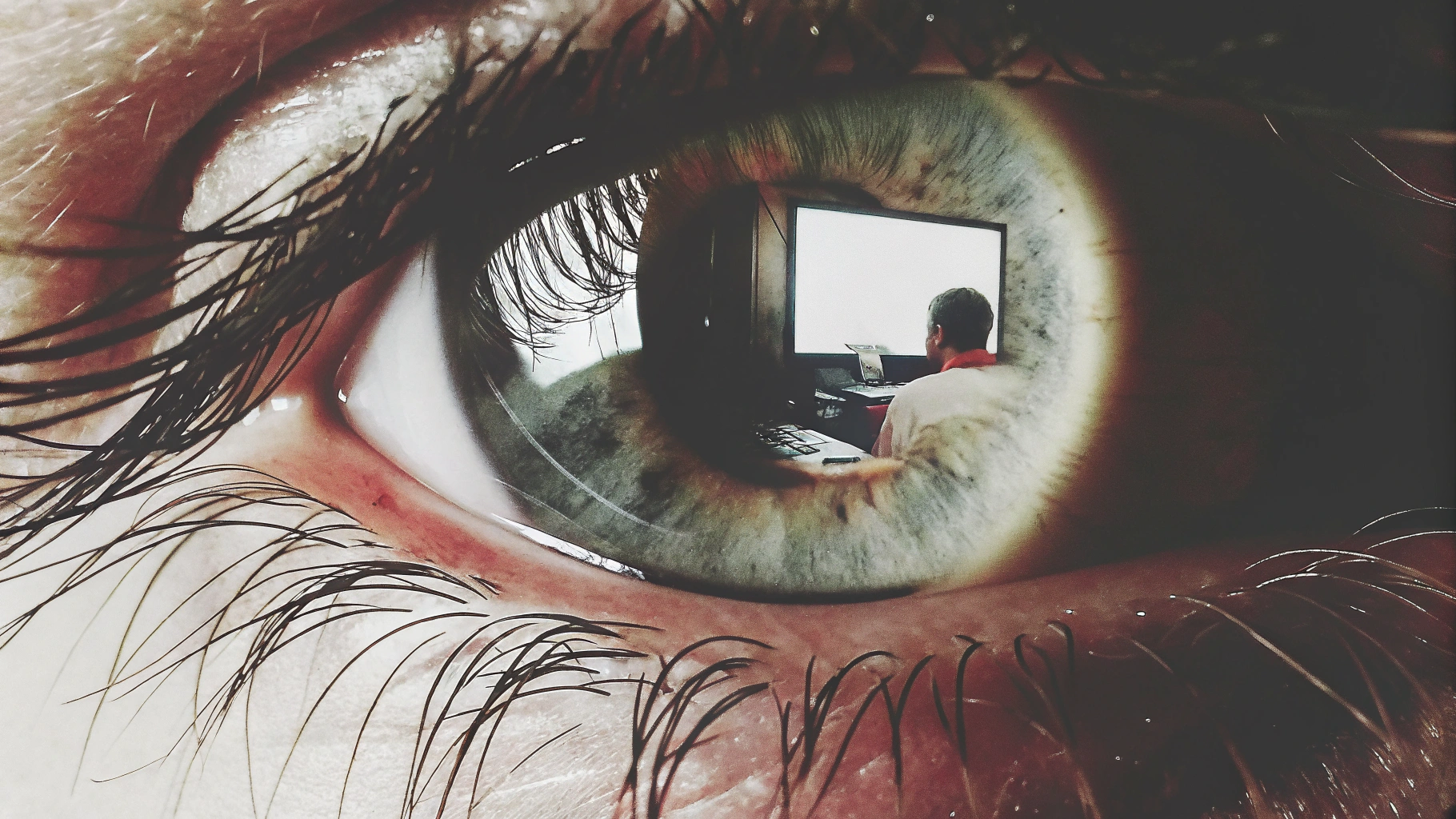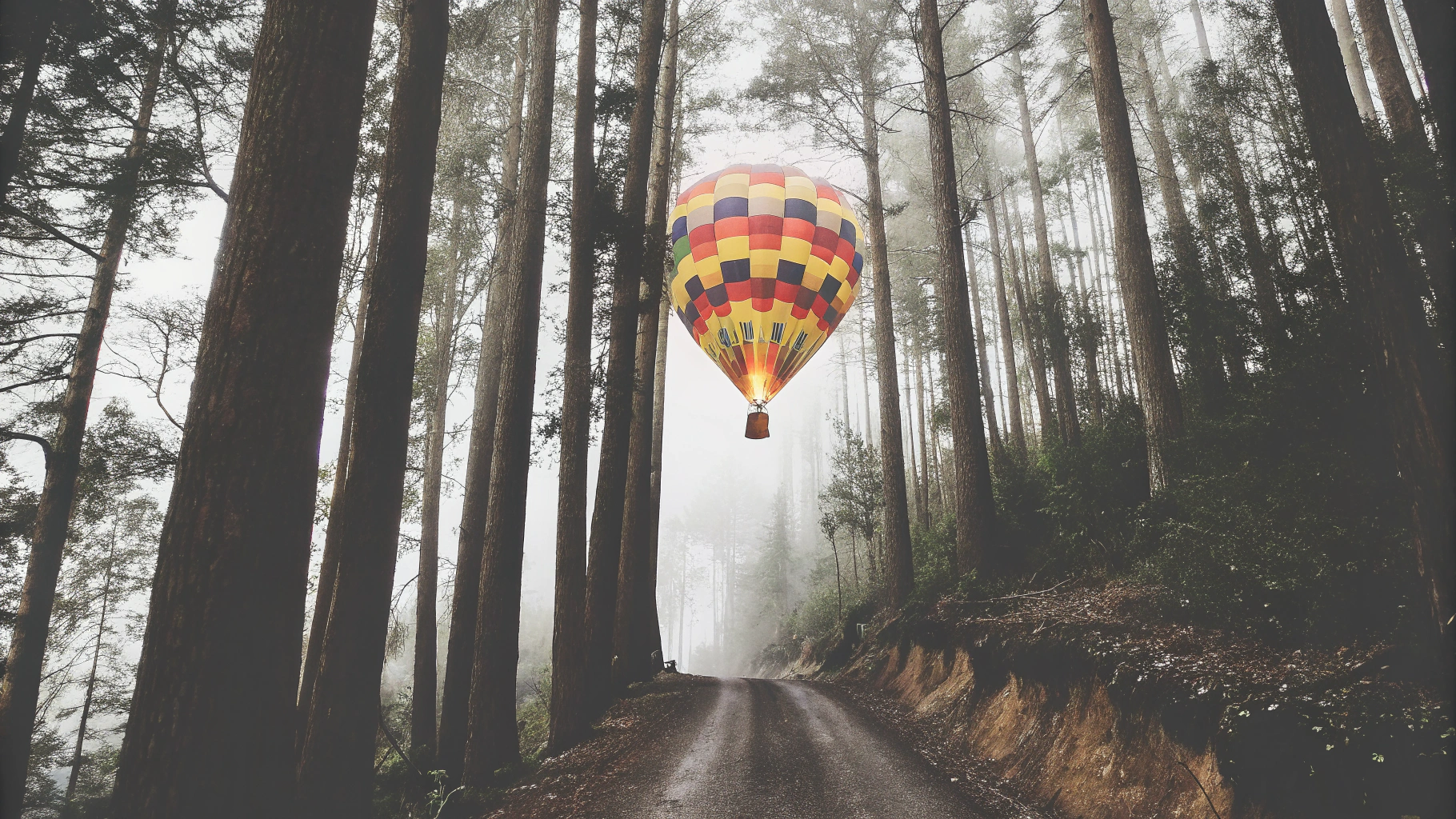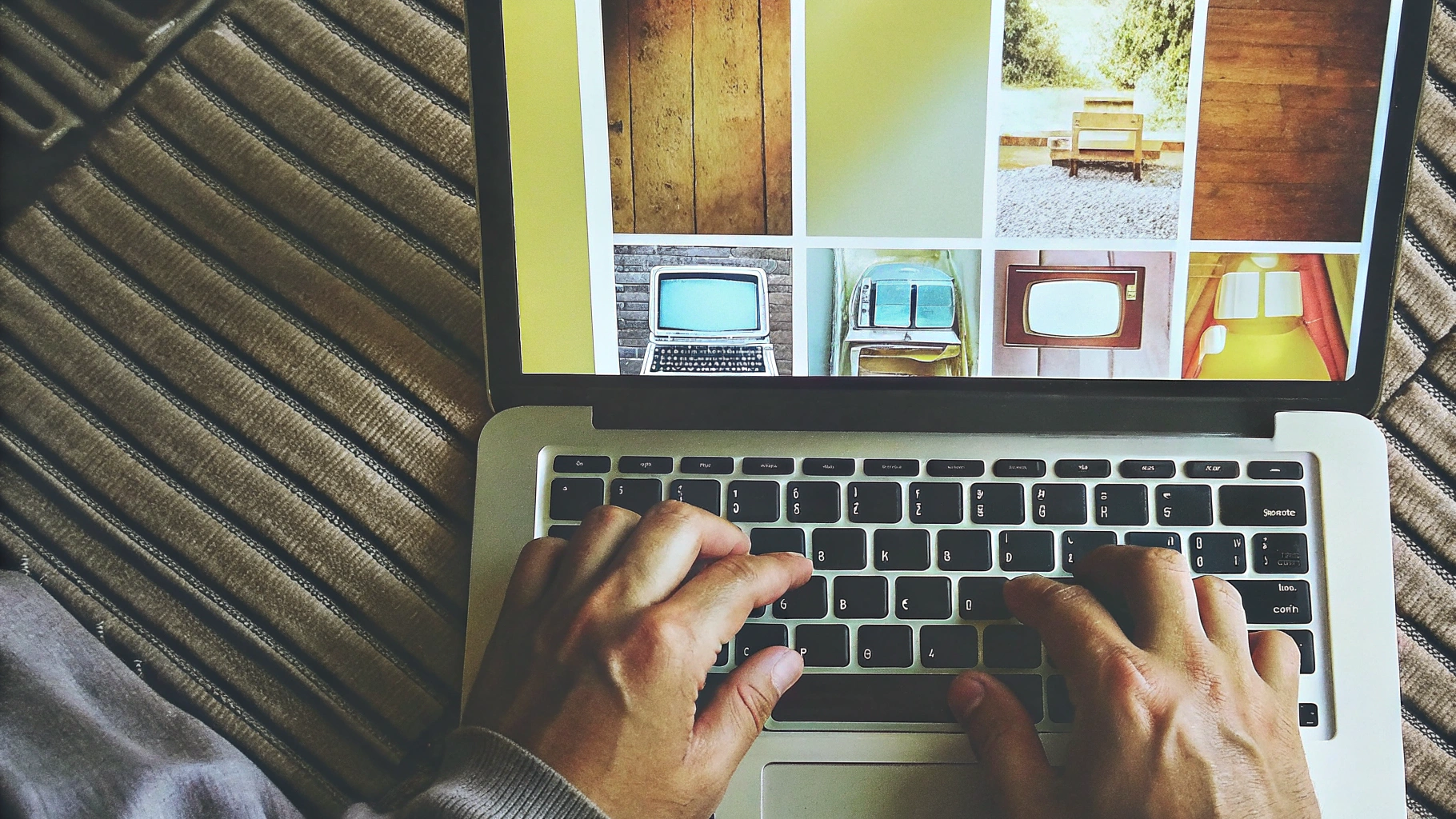In that first piece, I wrote about the importance of not outsourcing our humanity to AI. But there’s another side to this story – one that’s been unfolding in my own creative practice. It’s about discovering that AI can be more than just a tool for automation; it can be a creative collaborator, much like a fellow musician in an improvised jam session.
Think about great jazz improvisation for a moment. It’s not about one musician dominating the stage while others merely provide backup. It’s about the interplay, the conversation, the mutual inspiration that happens when talented players respond to each other’s ideas. One starts a melody, another catches it and transforms it, sending it back enhanced and reimagined. The magic isn’t in the individual notes – it’s in the space between them, in the call and response, in the collective journey toward something neither musician could create alone.
This, I’ve discovered, is what collaboration with AI can feel like when we approach it with the right mindset. Instead of asking AI to compose our entire symphony, we can engage it in a creative dialogue. We bring the original melody – our authentic ideas, our unique perspective, our human experience – and AI responds, not by replacing our voice, but by harmonizing with it, offering new angles, helping us explore possibilities we might not have considered.
It’s the difference between saying “write this for me” and saying “let’s explore this together.” It’s the difference between outsourcing our creativity and amplifying it.
Like any good jazz session, this kind of collaboration requires presence, openness, and discernment. We need to be fully engaged, ready to recognize what works and what doesn’t, willing to discard the flat notes and dive deeper into the promising themes. We need to maintain our role as the lead creative voice while being open to unexpected harmonies and counterpoints that emerge from the interaction.
The principle is similar to the classic improvisational rule of “yes, and” – accepting what’s offered and building upon it rather than shutting it down. When we approach AI with this mindset, something remarkable happens. Instead of diminishing our creativity, it often enhances it. Ideas bounce back and forth, evolving and expanding. The AI becomes less like a replacement and more like a responsive accompanist, helping us explore the full range of our creative voice.
But here’s the crucial point: this kind of collaboration only works when we remain fully present and engaged in the creative process. The moment we step back and let AI take the lead, we lose the very thing that makes the collaboration valuable – our human perspective, our authentic voice, our creative agency.
This brings us back to the core message about preserving our creativity in the age of AI. The choice isn’t binary between rejecting AI or surrendering to it. Instead, we can choose to engage with AI as we would with any creative collaborator – with intention, presence, and a clear sense of our own creative voice.
The result can be a kind of digital duet, where technology amplifies rather than replaces human creativity. Like any good jazz performance, it requires practice, presence, and a willingness to explore. But when it works, it creates something neither human nor machine could achieve alone – a new kind of creative harmony that honors and enhances our humanity rather than diminishing it.
So perhaps this is the key to maintaining our creative vitality in the age of AI: approaching it not as a replacement for our creativity, but as a collaborator in our creative process. After all, the goal isn’t to let AI play our song for us – it’s to find new ways to make our own music even richer and more resonant.
In fact, I’m living this principle right now as I write this piece. I’ve been working with an AI assistant, Claude, to help shape and refine these thoughts. The irony of using AI to write about not over-relying on AI isn’t lost on me – but that’s exactly the point. I came to this conversation with my own authentic concerns, observations, and creative spark. Claude responded by helping me structure and enhance these ideas while maintaining my voice, leading to a kind of creative dialogue that has actually deepened my thinking rather than replacing it.
I like to think of Claude, ChatGPT, et al. as my thinking partners in this creative process. Our collaboration unfolds through genuine dialogue – I’ll share my initial thoughts, often in their raw, unstructured form, and Claude helps me explore and refine them while carefully preserving my authentic voice. We’ll discuss different approaches, test out various ideas, and openly acknowledge when something isn’t working. What makes this partnership valuable is the space between our exchanges: the moment of reflection after the AI offers a new perspective, the careful consideration of whether an addition feels true to my intent, the mutual willingness to discard what doesn’t resonate and dig deeper into what does. It’s a dance of proposal and refinement, where each exchange builds on the previous one, leading to insights that neither of us might have reached alone.
This very process has shown me what’s possible when we approach AI as a creative collaborator rather than a replacement. It’s about finding that sweet spot where technology amplifies rather than diminishes our human voice – where we can use these powerful tools to become more fully ourselves, not less.







